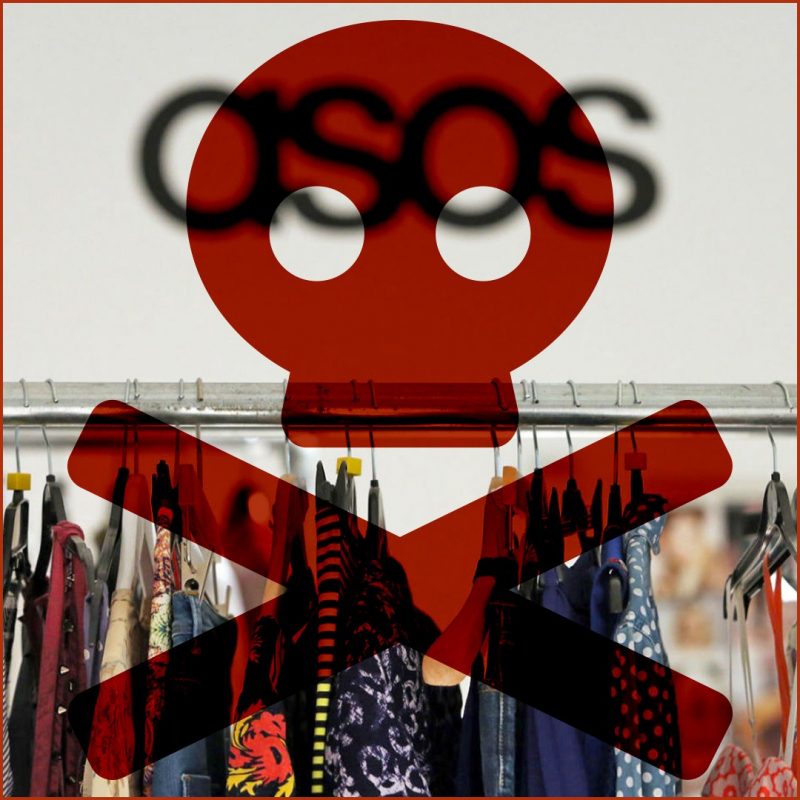Topshop which once had over 400 stores globally and was the ultimate destination fashion shop, has been taken over by online fashion retailer, Asos. Topshop’s parent, Arcadia Group, which went into administration in November 2020, also owned Topman and Miss Selfridge which were also bought by Asos at the beginning of February.
As every Topshop lover reeled in shock, the question posed was whether this is yet another Covid-19 victim or did the fondness for the brand vanish overtime? The cost of the online presence and the brand name was £256 million. But Asos didn’t stop there. They paid an extra £65 million for the current and future stocks which means they are going to proceed with the current plan of action Arcadia had in mind. However, what now happens to the beloved stores themselves, which for decades were the go-to for teens and twenty-somethings to spend their pocket money at weekends? What use does an online retailer have with bricks-and-mortar? Predictably these were not part of the deal.
Topshop effectively becomes a brand without a shop. Asos (originally called ‘As Seen on Screen’) was established in 2000 as a fashion retail website where a replica of a fashion garment that was seen on TV or worn by a celebrity could be purchased.
As years went by, it seized the online world and established itself as an online fast-fashion retailer, owning its specified brands and as of 2021, Topshop and Topman. But are customers satisfied with this decision? Londoners were amongst the fans who are saddened by this news.
Kimia Karbassi, a 21-yearold Londoner and Topshop lover, mentioned “I would miss walking into Topshop right after having a long day at university. This is an experience that can’t be replaced by online shopping.”
The Topshop flagship store based in Oxford Street in central London, not only included a wide range of fashion garments and accessories but also had a nail bar, hair salon, vintage clothes you’d normally have to trek to a market to find, and a DJ booth with live music.
Here, customers could step off the street and walk into a fashion world filled with music leaving behind an encounter with loud car noises. It was a runway from the real world. It was a magical fashion setting. Sadly, these cannot be experienced from an online platform. And what happens to all the fashionable Topshop staff who helped us find our favourite clothes? Might this create a chance for smaller brands to open up physical stores and create job opportunities?
A new change is coming through. Let’s call it the beginning of a new trend. Brands such as Topshop going online has created a new path for UK high street fashion, a more diversified one with smaller footprints. But is this the end of the fashion physical store? It might not be too long before our other favourite shops go online and relocate to an iPad screen from a physical store. Perhaps, customers are hungry for newer brands to arise with unique offerings that Topshop didn’t offer. Which begs the question what kind of high street will we find in the post-pandemic fashion era?























